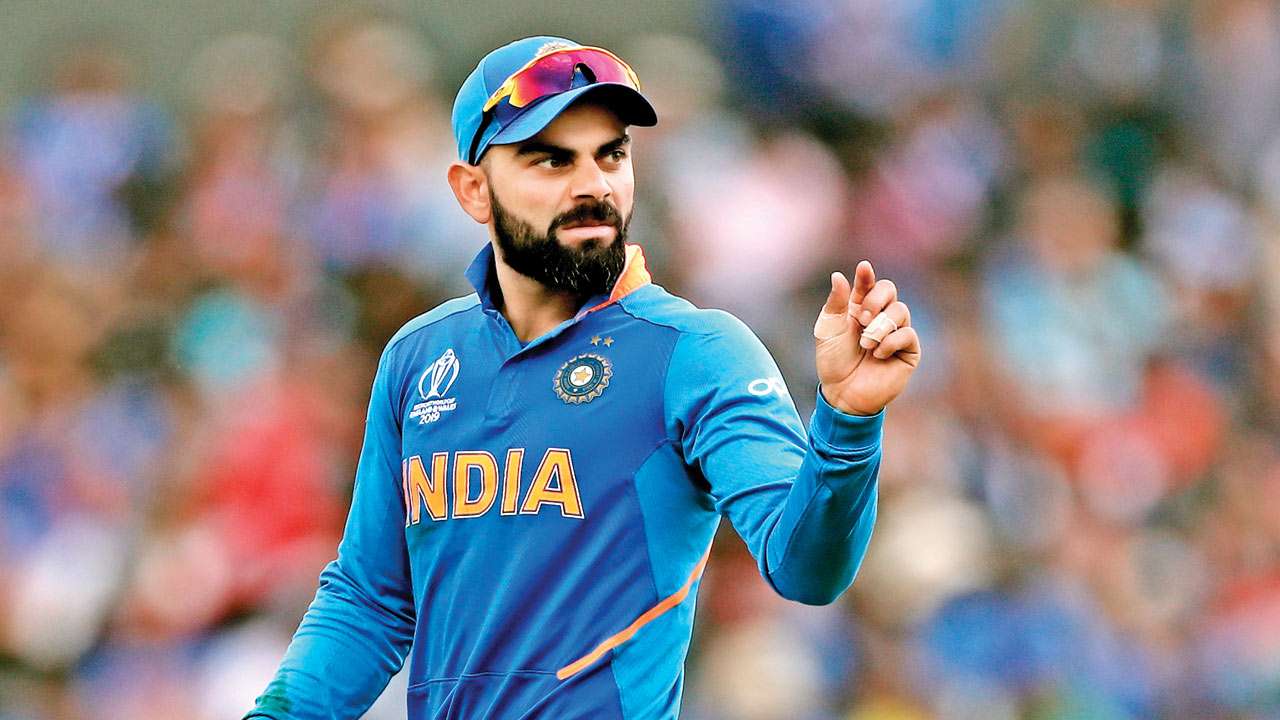
In the 90s, when my father watched cricket, he would insist on listening to the commentary in Hindi. I’d find it boring — the anecdotes dated and the language Doordarshanesque. Now, as the latest edition of the World Cup plays out on our TV sets, I’m beginning to understand why my father preferred the audio to be desi.
The language commentators now use is less formal and more communicative. Let’s say less Advani and more Amit Shah. The anecdotes about the Souravs, Sachins, Yuvis, and Kumbles are more up my alley than dressing room gossip about the Fab Four spinners, the Bedi-Gavaskar bad blood, the all-around heroics of Kapil or the devil-may-care batting of Shrikant.
My favourites with the mic currently are, of course, Sehwag and VVS Laxman. Both as different as chalk and cheese in their playing styles, and just as much in their accents. One rustic from the back lanes of Najafgarh, the other in a twang that’s all south of the Vindhyas.
The funny incidents in the dressing room that never made it to the sports pages of the day and the mutual ribbing have ensured that the Sehwag-Laxman banter is the best accompaniment to an exciting round of play in the oval.
It is commendable how Laxman has worked on his Hindi, with words like ‘bindi gaind’ (dot ball) or ‘satik gaindbaazi’ (accurate bowling) punctuating his commentary. In addition, the fact that both had extremely fulfilling well-appreciated careers means the vitriol while commenting is well and truly in check.
Think of a certain former Mumbai player whose commentary is a reflection of the angst of an ordinary “bits and pieces” career after promising as much as his legendary father.
With Laxman and Sehwag, there is an appreciation for a great shot and a mostly-humourous rap on the knuckles for a poor piece of game.
Sehwag calls Laxman ‘bhrata’ (big brother) and Akash Chopra keeps needling Laxman to share how his Delhi teammate would react if he was told to slow down the game.
To this, Laxman shared an incident of the NatWest Trophy in England, which has also found a place in then-coach John Wright’s book ‘Indian Summers’. On a flat batting track at the Oval, India had bowled out Sri Lanka for 202.
Wright told Sehwag the target was achievable, so he should play till the end and not get out to a reckless shot. After Sourav Ganguly got out in the second over, Sehwag did exactly what Wright had a warned him not to. He was out trying to go for a big one over the bowler’s head. As Sehwag walked back to the dressing room, an angry coach held him by his collar, asking him how could he walk in here after playing a shot like that. Sehwag obviously did not take this well and felt Wright was harsh in his behaviour.
Sehwag then complained to the manager and the Indian management put in a word with Wright to go slow. Wright’s book reveals that Sehwag and he cleared their differences later and went to become buddies. The spice on this dish though, is added by Laxman, who said that from there on, Wright gave Sehwag a long rope, and every time the Najafgarh Nawab played a shot more adrenaline than strategy, Wright would simply shrug his shoulders and say “hmm, don’t do it again”.
So what the secret of ‘bhrata’? Sehwag calls Laxman that so he doesn’t go around spilling more secrets from the dressing room. Circling back to the Hindi commentary, I now realise that it is about who we are. A bit like Bollywood. Maybe not as polished as Hollywood, but all the same ours.
Commentary in our own tongue is about that. It might not have the measured tones of the guys from England and Australia, but it is about our players, our jokes, our times.